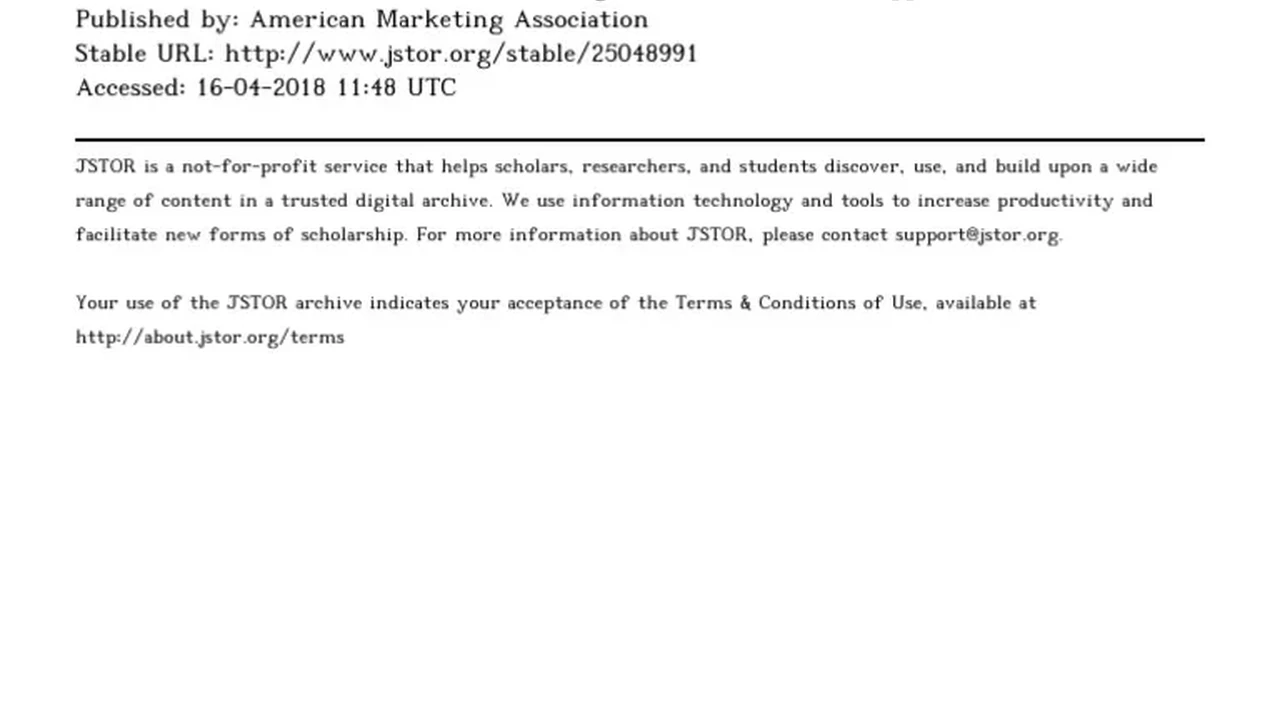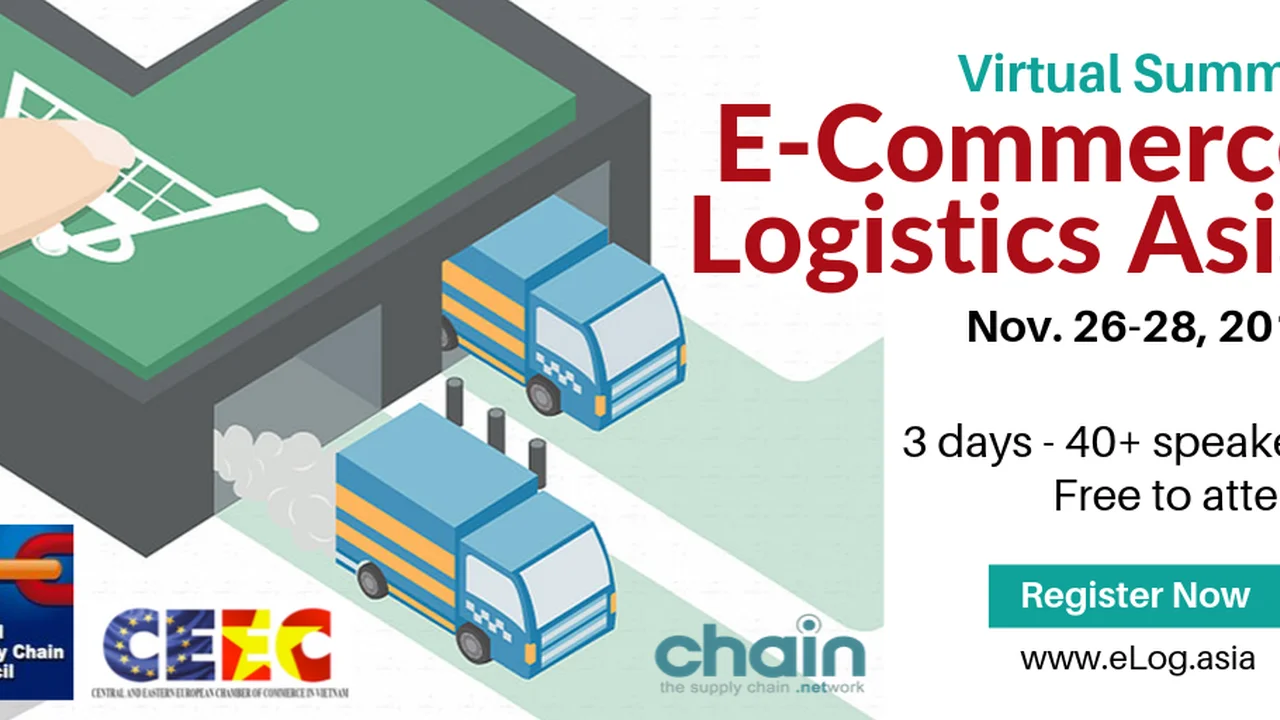The Impact of Government Initiatives on E-commerce in SEA & Mexico
Sample meta description.

Understanding Government Policies Shaping E-commerce Growth in Southeast Asia & Mexico
Hey there! Let's dive into how government initiatives are seriously shaking things up in the e-commerce scenes of Southeast Asia (SEA) and Mexico. Forget those dry policy papers – we're talking real-world impact on businesses and consumers. Think of it like this: governments are trying to build the perfect playground for online shopping, and their decisions are either making it a super fun zone or… well, a bit of a drag. We'll break down the key policies and see what's working, what's not, and what it all means for you.
Key Government Initiatives Driving E-commerce Adoption in SEA & Mexico: A Closer Look
Alright, let's get specific. What exactly are these governments doing? A lot, actually! We're talking about things like:
- Digital Infrastructure Investments: Think faster internet, more reliable mobile networks, and better logistics. Governments are pouring money into these areas to make online shopping smoother for everyone.
- E-commerce-Specific Regulations: These are the rules of the game – data privacy laws, consumer protection policies, and tax regulations for online businesses. They're trying to create a fair and safe environment for buyers and sellers.
- Financial Incentives and Subsidies: Think tax breaks for e-commerce startups, grants for small businesses to go online, and subsidies for consumers to encourage online spending. Basically, governments are throwing money at the problem to get things moving.
- Digital Literacy Programs: Teaching people how to use the internet, how to shop online safely, and how to avoid scams. It's about empowering consumers to participate in the digital economy.
- Cross-Border Trade Facilitation: Making it easier for businesses to import and export goods across borders, reducing tariffs and streamlining customs procedures. This opens up new markets for e-commerce businesses.
Case Studies: Government Success Stories in Boosting E-commerce in SEA & Mexico
Okay, enough theory. Let's look at some real-world examples of governments getting it right.
Indonesia: The Indonesian government has been actively promoting e-commerce through initiatives like the "Making Indonesia 4.0" plan, which focuses on developing digital infrastructure and supporting local e-commerce businesses. They've also implemented policies to simplify online payment processes and improve logistics. The result? A booming e-commerce market with homegrown giants like Tokopedia and Bukalapak.
Mexico: Mexico has seen significant growth in e-commerce thanks to government initiatives like the "Programa Nacional de Financiamiento al Microempresario y a la Mujer Rural (PRONAFIM)," which provides financial support and training to small businesses, enabling them to participate in the digital economy. They've also focused on improving internet access in rural areas and promoting digital literacy.
Singapore: Singapore's government has been a pioneer in developing a smart nation, heavily investing in digital infrastructure and promoting e-payments. Their initiatives like the "SME Go Digital" program help small and medium-sized enterprises (SMEs) adopt digital technologies, including e-commerce platforms. Singapore's success demonstrates the power of a proactive and forward-thinking government.
Challenges and Roadblocks: Where Government Initiatives Fall Short in E-commerce Development
It's not all sunshine and rainbows. Governments face plenty of challenges when trying to boost e-commerce. These include:
- Lack of Infrastructure: In many parts of SEA and Mexico, internet access is still limited, and logistics infrastructure is underdeveloped. This makes it difficult for e-commerce businesses to reach customers in rural areas.
- Regulatory Hurdles: Complex and inconsistent regulations can stifle innovation and make it difficult for businesses to operate across borders.
- Cybersecurity Concerns: As e-commerce grows, so does the risk of cybercrime. Governments need to invest in cybersecurity infrastructure and implement policies to protect consumers and businesses from online fraud.
- Digital Divide: Not everyone has the skills or resources to participate in the digital economy. Governments need to address the digital divide by providing training and support to underserved communities.
Product Recommendations: How Government Initiatives Impact Specific E-commerce Categories & Offerings
Let's talk about specifics. How do these policies affect the products you can buy and sell online?
Electronics: Government initiatives promoting cross-border trade can make it easier to import electronics from other countries. This can lead to lower prices and a wider variety of products available to consumers. For example, the Samsung Galaxy S25 (estimated price: $1200) is a popular choice, offering top-of-the-line features. The Xiaomi 14 Pro (estimated price: $900) offers similar performance at a more competitive price point. Consider the Google Pixel 9 (estimated price: $1100) if you prefer a clean Android experience. These phones are great for everyday use, photography, and gaming. When comparing, consider the camera quality, battery life, and processing power to find the best fit for your needs.
Fashion: Government initiatives supporting local businesses can help promote domestic fashion brands. These initiatives can also lead to the development of e-commerce platforms specifically designed for fashion retailers. Imagine browsing through handcrafted leather bags from Mexico (estimated price: $150) or traditional batik clothing from Indonesia (estimated price: $80), all available online. The Zara Spring Collection (estimated price: varies) offers trendy and affordable options. Leather bags are perfect for everyday use and travel, while batik clothing is ideal for special occasions and cultural events. Zara offers a wide range of styles for various occasions. When choosing, consider the material, design, and price to find the perfect item for your wardrobe.
Food and Beverage: Government initiatives promoting food safety and traceability can help build consumer trust in online food purchases. This can lead to increased demand for locally sourced and organic food products. Think of ordering fresh mangoes from Thailand (estimated price: $10 per kg) or authentic mole sauce from Mexico (estimated price: $15 per jar) online. Starbucks Ready-to-Drink Coffee (estimated price: $3 per can) is a convenient option for a quick caffeine fix. Fresh mangoes are best enjoyed as a snack or in desserts, while mole sauce is a flavorful addition to Mexican dishes. Starbucks coffee is perfect for on-the-go consumption. When selecting, consider the freshness, quality, and taste to ensure a satisfying culinary experience.
The Future of E-commerce in SEA & Mexico: Predictions & Recommendations Based on Government Policies
So, what does the future hold? Based on current trends and government initiatives, we can expect to see continued growth in e-commerce in SEA and Mexico. However, success will depend on addressing the challenges mentioned earlier and ensuring that the benefits of e-commerce are shared by all. Governments need to focus on:
- Investing in infrastructure: Improving internet access and logistics infrastructure is crucial for unlocking the full potential of e-commerce.
- Simplifying regulations: Reducing red tape and creating a more predictable regulatory environment will encourage investment and innovation.
- Promoting cybersecurity: Protecting consumers and businesses from cybercrime is essential for building trust in the digital economy.
- Addressing the digital divide: Providing training and support to underserved communities will ensure that everyone has the opportunity to participate in e-commerce.
By taking these steps, governments can create a thriving e-commerce ecosystem that benefits businesses, consumers, and the economy as a whole. The future is bright, but it requires proactive leadership and a commitment to creating a level playing field for all.
:max_bytes(150000):strip_icc()/277019-baked-pork-chops-with-cream-of-mushroom-soup-DDMFS-beauty-4x3-BG-7505-5762b731cf30447d9cbbbbbf387beafa.jpg)






